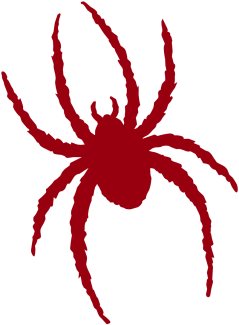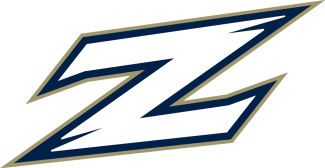From there, injuries and fatigue began to pile up during what became a seven-game losing streak, as Utah got crushed by Virginia and UMass by a combined 25 goals and competed hard but came up short in one-goal decisions to Fairfield and Mount St. Mary’s and a 14-12 loss at Hartford. Then, the wheels came off on April 20 in a 17-8 loss to Cleveland State.
“We hit the wall [against Cleveland State],” Brian Holman says. “That’s the one and only game where we didn’t compete. We were a young team with no juice that day.”
Utah got the last word with its six-goal win over Detroit Mercy, which featured a five-goal show by Stout and a five-goal, eight-assist explosion by Sexton, who finished the year with 25 assists and 49 points, both team-highs.
“When I think about the progress we made, I think of James Sexton totally controlling the Detroit game, turning the corner with his [much improved] left hand and stinging corners with his outside shot,” says Marcus Holman, a first-year Division I coach and former All-America attackman at North Carolina and a six-year MLL star.
Holman says he and his fellow assistants have learned invaluable lessons by having to work with such raw talent over the last three years.
“Growing up in Baltimore with a stick in my hand, there are things I know about lacrosse that I assumed [incorrectly] all players should know,” Marcus Holman says.“I’ve learned to relate to younger, lesser players better by challenging myself more. How do I motivate this kid? How do I teach him to read a slide or cut to a space to get open? How do I teach the patterns of the game?”
Brian Holman, who started three NCAA finals at Hopkins, where he was a three-time All-American, has spent four decades around the game. Those include nine seasons as a Hopkins assistant, including with the ’87 champions. From 2009-16, he assisted at UNC.
The advantage of working initially with a club team, says Holman, is that it forced the coaching staff to rethink the teaching of the game’s building blocks. For example, to explain the art of getting open off ball, the Utes employed principles mimicking the games of “Hide and Seek” or “Tag.” The idea was to get the players thinking more creatively and less scripted.
Utah players don’t just watch film. They must contribute their own scouting reports to weekly preparation. The Utes also trade practice days for team hikes on the Wasatch Mountain, which overlooks Salt Lake City. There are no sticks or clipboards. There is plenty of talking and bonding.
“This experience has taught us to push our coaching degrees to the limit,” Brian Holman says. “Our communication levels have changed. So have our brainstorming skills.”
Holman points out that every player who started or got lots of meaningful minutes this year was essentially a freshman in terms of varsity playing experience, even the team’s three transfers.
For Cambere, that meant the chance to guard the opposing team’s best attackman all season.
“Not many [defensemen] get to do that in their freshman years,” says Cambere, who tangled with the likes of Virginia’s Michael Kraus and Denver’s Ethan Walker. “It was pretty nerve-wracking early in the season, but I settled in and embraced the challenge. I watched a whole lot of film.
“Coach Holman gave me the best opportunity I’ve ever been given. We developed a chip on our shoulders and learned how to grind through games this year.”


























































